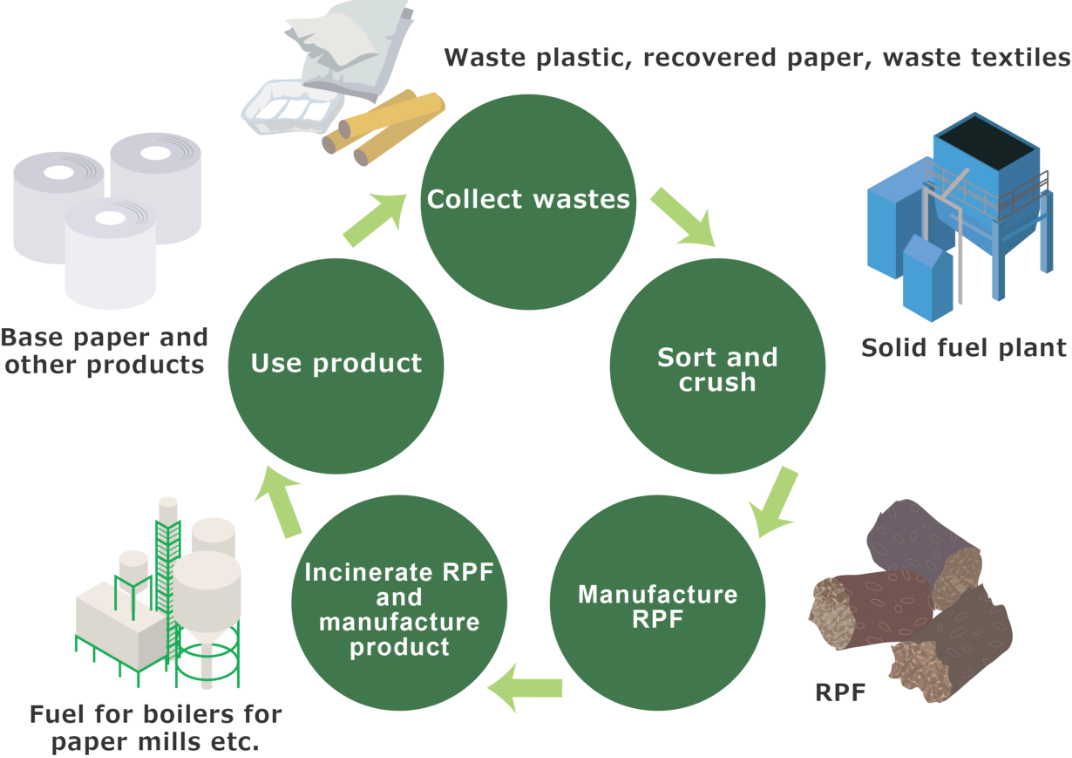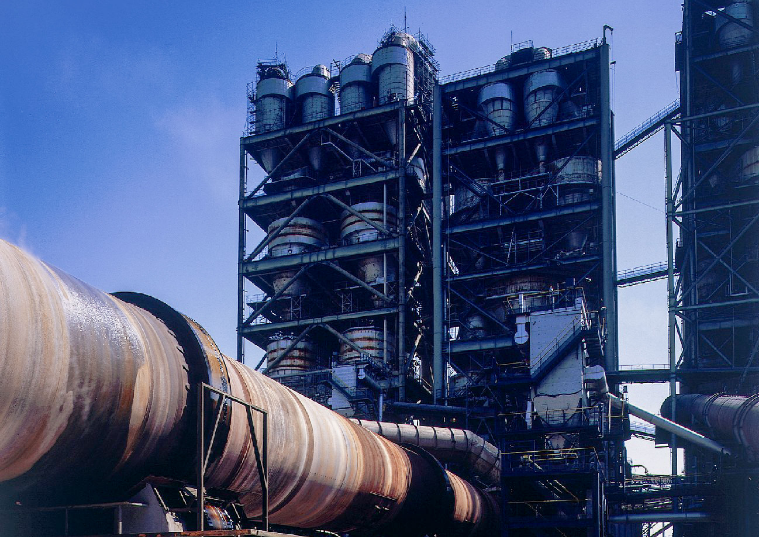Stable Supply of Fuel Recycled from Wastes
Achieve a society based on renewable energy
Accelerate a circular society
We are focusing on handling refuse paper and plastic fuel (RPF),
which is increasing in use as a fossil fuel alternative in
industrial production.
RPF has many advantages: the major raw material for RPF is
industrial waste that cannot be processed through material
recycling (waste plastic, paper, recovered paper and waste
textiles), the carbon dioxide emissions of RPF are about
two-thirds that of coal, the cost of RPF is cheaper than fossil
fuels, and more.
We started handling it in 2003, and our
current annual volume exceeds 100 thousand tons. In addition to
our nationwide network, we acquired the RPF manufacturer Seibu
Service Group (Seibu Service Co., Ltd. and Alpha Forme Co.,
Ltd.) in 2015 to build an even more stable supply system.


Column
The advantages of RPF are not limited to being environmentally friendly, cheaper and more stable price than fossil fuels. RPF is also stable in product quality, and it is superior in storage and transport efficiency. With these advantages, RPF is used as fuel in the firing process of cement manufacturing, and the resulting ash is used as a cement ingredient.

A cement plant (image provided by Tokuyama Corporation)

Cement
